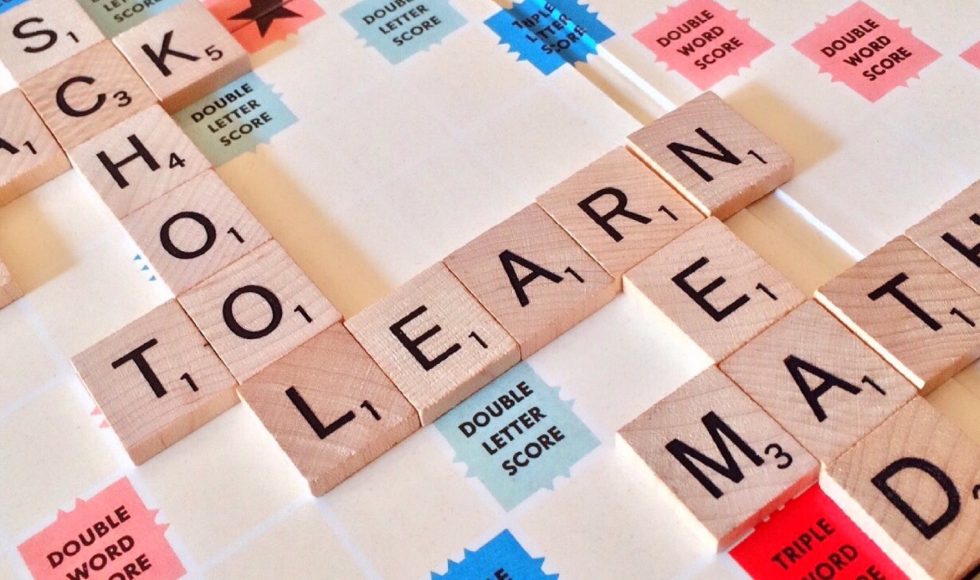Dr. Kayla Gilchrist-Ward, Associate Professor, Oakwood University presented last October (2020) a Quality Matters (QM) session with an awesome title: “Belt it Out! Using Karaoke and Other Tools to Promote Student Engagement” that caught my attention tonight. Gilchrist-Ward began with an icebreaker by asking participants several questions, including if audience members had every given a student a grade to avoid conflict or read the abbreviated version of an assigned reading. I thought this activity was very creative.
Using a puzzle graphic, Gilchrist-Ward described different activities they use to engage students. These activities were categorized as learner to text, learner to teacher, and learner to-learner to highlight the types of interactions. For learner to learner, Gilchrist-Ward mentioned problem-based learning. Using a Family Feud PowerPoint template, Gilchrist-Ward had four volunteers play and use this interactive activity to review prior knowledge and promote engagement. This was an activity of “learner to text,” and the template was very neat!
A second activity was entitled “connection to lesson” and used a PowerPoint template for Wheel of Fortune. Gilchrist-Ward explained how this activity can be used to build vocabulary. I thought about using this as a post-reading class-level activity for the BIT 295 Biotechnology & Sustainability course I am designing. Gilchrist-Ward played several rounds of Wheel of Fortune using words from different disciplines. Gilchrist-Ward then explained the reasons why karaoke can be a power tool to help learner, including aiding with language development. I was impressed by all the references and evidence presented for karaoke use in history, math, and even writing. Gilchrist-Ward also explained how they set up teams based on different strengths and acknowledge we all have different strengths. Again, Gilchrist-Ward uses a PowerPoint template for a well-known song or tune, and then prompts groups to use the music to create an explanation of a concept or writing skill that they find to be difficult. The examples presented with Gilchrist-Ward were creative and fun! A second karaoke assignment was a metaphor and simile explanation. In both cases, the PowerPoint template had a musical track and text that is highlighted as it is spoken. I like how Gilchrist-Ward modeled how the activities were used and sang, emphasizing it was a judgement-free environment. I can understand how doing this may encourage others to experiment and have fun with the assignment. I also chuckled a little because the background music for several of the examples sounded like the cartoons and YouTube videos our kids have been watching to learn the alphabet and counting! Toward the end of the session, the participants helped create a karaoke for division and sang together… over Zoom! I think you can use these activities for team-building and review of content/vocabulary. Connecting the activities to learning objectives, creating an educational environment that fosters fun and creative learning activities, and being transparent about why you are doing these activities are important considerations.



